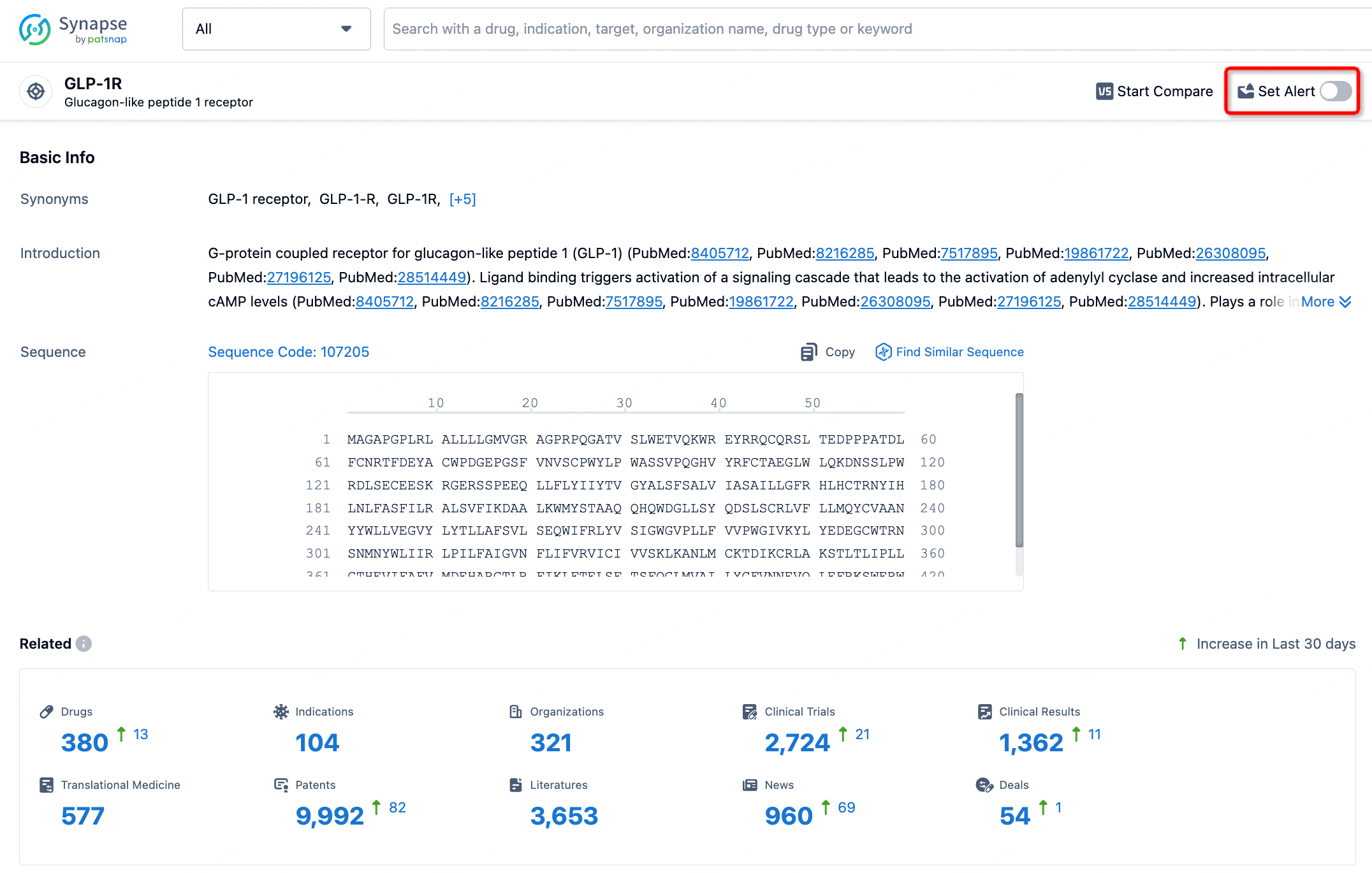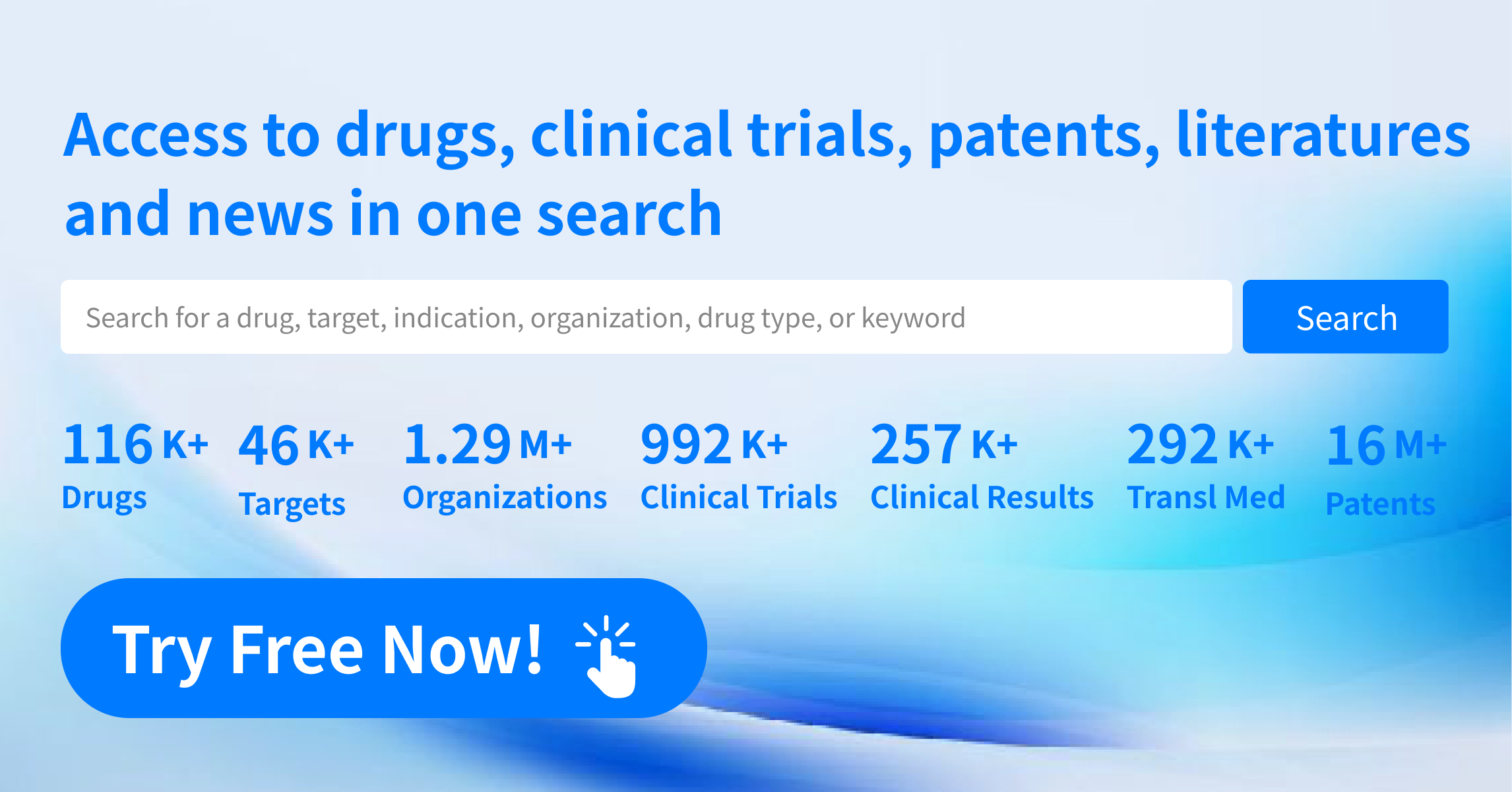Request Demo
What are Rho GTPase inhibitors and how do they work?
26 June 2024
Rho GTPase inhibitors are an exciting area of study within the realm of cellular biology and pharmacology. At their core, Rho GTPases are a family of small signaling G proteins, and they play a critical role in a variety of cellular functions including cytoskeleton organization, cell migration, cell cycle progression, and gene expression. Inhibitors of Rho GTPases have thus garnered substantial interest for their potential therapeutic applications.
The Rho family of GTPases consists of several members, including RhoA, Rac1, and Cdc42, which are involved in the regulation of the actin cytoskeleton. These proteins act as molecular switches that cycle between an active GTP-bound state and an inactive GDP-bound state. This cycling is tightly regulated by three types of molecules: Guanine nucleotide Exchange Factors (GEFs), which facilitate the exchange of GDP for GTP; GTPase-Activating Proteins (GAPs), which enhance the intrinsic GTPase activity leading to GTP hydrolysis; and Guanine nucleotide Dissociation Inhibitors (GDIs), which sequester Rho proteins in the cytosol and prevent their activation. By inhibiting Rho GTPases, scientists can interrupt these signaling pathways and potentially control various pathological conditions.
Rho GTPase inhibitors work through different mechanisms depending on the specific target within the Rho signaling pathway. Some inhibitors directly bind to the GTPase and prevent it from interacting with GEFs, thus keeping it in its inactive GDP-bound state. Others function by enhancing the activity of GAPs, thereby accelerating the hydrolysis of GTP to GDP and inactivating the GTPase more rapidly. There are also inhibitors that mimic GDIs, sequestering GTPases in the cytosol and preventing their activation.
One well-known Rho GTPase inhibitor is C3 exoenzyme from Clostridium botulinum, which specifically ADP-ribosylates RhoA, RhoB, and RhoC, thereby inactivating them. Another example is Y-27632, a selective inhibitor of Rho-associated coiled-coil forming kinase (ROCK), which is downstream of RhoA. By inhibiting ROCK, Y-27632 can prevent the phosphorylation of various downstream targets involved in cytoskeletal reorganization.
The potential applications of Rho GTPase inhibitors are vast and varied, ranging from cancer therapy to the treatment of neurological disorders. In oncology, Rho GTPases are often overexpressed or hyperactivated, contributing to tumor growth, metastasis, and angiogenesis. Inhibitors of Rho GTPases can impede these processes, making them promising candidates for anti-cancer therapies. For example, inhibiting the RhoA/ROCK pathway has been shown to reduce tumor cell invasion and metastasis in various cancer models.
In the field of neurology, Rho GTPases are involved in neuronal growth cone dynamics and axon guidance. Inhibiting these proteins can promote nerve regeneration, making Rho GTPase inhibitors attractive for treating spinal cord injuries and neurodegenerative diseases. For instance, inhibitors targeting RhoA and ROCK have demonstrated the ability to enhance axonal regrowth and functional recovery in animal models of spinal cord injury.
Moreover, Rho GTPase inhibitors hold potential in the treatment of cardiovascular diseases. RhoA and ROCK play crucial roles in smooth muscle contraction and vascular tone. By inhibiting these proteins, it is possible to induce vasodilation and reduce blood pressure, offering a therapeutic strategy for conditions such as hypertension and pulmonary arterial hypertension.
In conclusion, Rho GTPase inhibitors represent a promising avenue for therapeutic intervention across a range of diseases due to their pivotal role in regulating cellular processes. Continued research into the precise mechanisms and effects of these inhibitors will undoubtedly yield valuable insights and potentially transformative treatments for various medical conditions. As our understanding of Rho GTPase signaling pathways deepens, so too will the development of more targeted and effective inhibitors, opening new doors in the quest to combat disease.
The Rho family of GTPases consists of several members, including RhoA, Rac1, and Cdc42, which are involved in the regulation of the actin cytoskeleton. These proteins act as molecular switches that cycle between an active GTP-bound state and an inactive GDP-bound state. This cycling is tightly regulated by three types of molecules: Guanine nucleotide Exchange Factors (GEFs), which facilitate the exchange of GDP for GTP; GTPase-Activating Proteins (GAPs), which enhance the intrinsic GTPase activity leading to GTP hydrolysis; and Guanine nucleotide Dissociation Inhibitors (GDIs), which sequester Rho proteins in the cytosol and prevent their activation. By inhibiting Rho GTPases, scientists can interrupt these signaling pathways and potentially control various pathological conditions.
Rho GTPase inhibitors work through different mechanisms depending on the specific target within the Rho signaling pathway. Some inhibitors directly bind to the GTPase and prevent it from interacting with GEFs, thus keeping it in its inactive GDP-bound state. Others function by enhancing the activity of GAPs, thereby accelerating the hydrolysis of GTP to GDP and inactivating the GTPase more rapidly. There are also inhibitors that mimic GDIs, sequestering GTPases in the cytosol and preventing their activation.
One well-known Rho GTPase inhibitor is C3 exoenzyme from Clostridium botulinum, which specifically ADP-ribosylates RhoA, RhoB, and RhoC, thereby inactivating them. Another example is Y-27632, a selective inhibitor of Rho-associated coiled-coil forming kinase (ROCK), which is downstream of RhoA. By inhibiting ROCK, Y-27632 can prevent the phosphorylation of various downstream targets involved in cytoskeletal reorganization.
The potential applications of Rho GTPase inhibitors are vast and varied, ranging from cancer therapy to the treatment of neurological disorders. In oncology, Rho GTPases are often overexpressed or hyperactivated, contributing to tumor growth, metastasis, and angiogenesis. Inhibitors of Rho GTPases can impede these processes, making them promising candidates for anti-cancer therapies. For example, inhibiting the RhoA/ROCK pathway has been shown to reduce tumor cell invasion and metastasis in various cancer models.
In the field of neurology, Rho GTPases are involved in neuronal growth cone dynamics and axon guidance. Inhibiting these proteins can promote nerve regeneration, making Rho GTPase inhibitors attractive for treating spinal cord injuries and neurodegenerative diseases. For instance, inhibitors targeting RhoA and ROCK have demonstrated the ability to enhance axonal regrowth and functional recovery in animal models of spinal cord injury.
Moreover, Rho GTPase inhibitors hold potential in the treatment of cardiovascular diseases. RhoA and ROCK play crucial roles in smooth muscle contraction and vascular tone. By inhibiting these proteins, it is possible to induce vasodilation and reduce blood pressure, offering a therapeutic strategy for conditions such as hypertension and pulmonary arterial hypertension.
In conclusion, Rho GTPase inhibitors represent a promising avenue for therapeutic intervention across a range of diseases due to their pivotal role in regulating cellular processes. Continued research into the precise mechanisms and effects of these inhibitors will undoubtedly yield valuable insights and potentially transformative treatments for various medical conditions. As our understanding of Rho GTPase signaling pathways deepens, so too will the development of more targeted and effective inhibitors, opening new doors in the quest to combat disease.
How to obtain the latest development progress of all targets?
In the Synapse database, you can stay updated on the latest research and development advances of all targets. This service is accessible anytime and anywhere, with updates available daily or weekly. Use the "Set Alert" function to stay informed. Click on the image below to embark on a brand new journey of drug discovery!
AI Agents Built for Biopharma Breakthroughs
Accelerate discovery. Empower decisions. Transform outcomes.
Get started for free today!
Accelerate Strategic R&D decision making with Synapse, PatSnap’s AI-powered Connected Innovation Intelligence Platform Built for Life Sciences Professionals.
Start your data trial now!
Synapse data is also accessible to external entities via APIs or data packages. Empower better decisions with the latest in pharmaceutical intelligence.


